The test was designed to demonstrate the capabilities of the Army's Weapon Control System and Power Dispatcher. It is also expected to be the first test of the Army's transport-elevator-launch system.
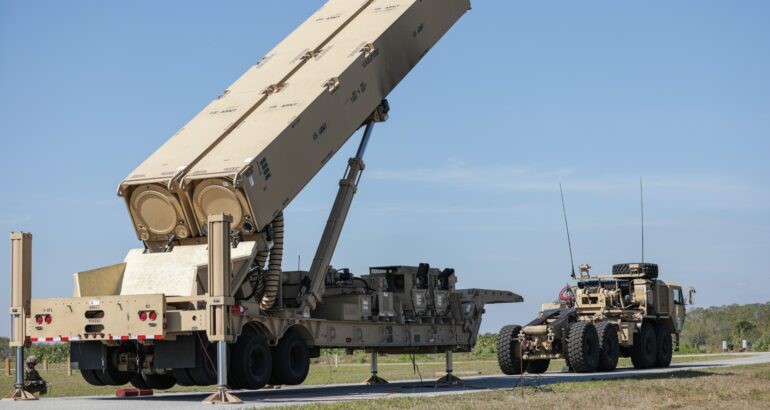
A US soldier lifts the Long Range Hypersonic Weapon (LRHW) hydraulic launch system at the Space Force Station in Cape Canaveral, Florida on March 3, 2023. Photo: Specialist Chandler Coats, US Army.
“On September 6, the Department scheduled a flight test at Cape Canaveral, Florida, to report on the development of hypersonic weapons,” the Office of the Secretary of Defense told Florida Today. “After conducting pre-flight tests, the flight test was postponed. The Department successfully collected ground performance data on hardware and software, which will contribute to the continued development of hypersonic strike weapons. Fielding hypersonic weapons systems continues to be a top priority for the Department of Defense.”
The test launch, codenamed JFC-2, has been delayed three times so far. The test was originally scheduled for late 2022, but the rocket encountered some problems before launch, and the test was pushed back to early 2023.
This test launch was further delayed from early 2023 until now due to battery-related problems discovered before the test.
Although the program has not suffered a failed test launch since 2022, these delays are hampering the ability to field these missiles, especially as Washington races to catch up with China after it began fielding the DF-17, China’s first hypersonic missile, in 2019.
The multi-problem test
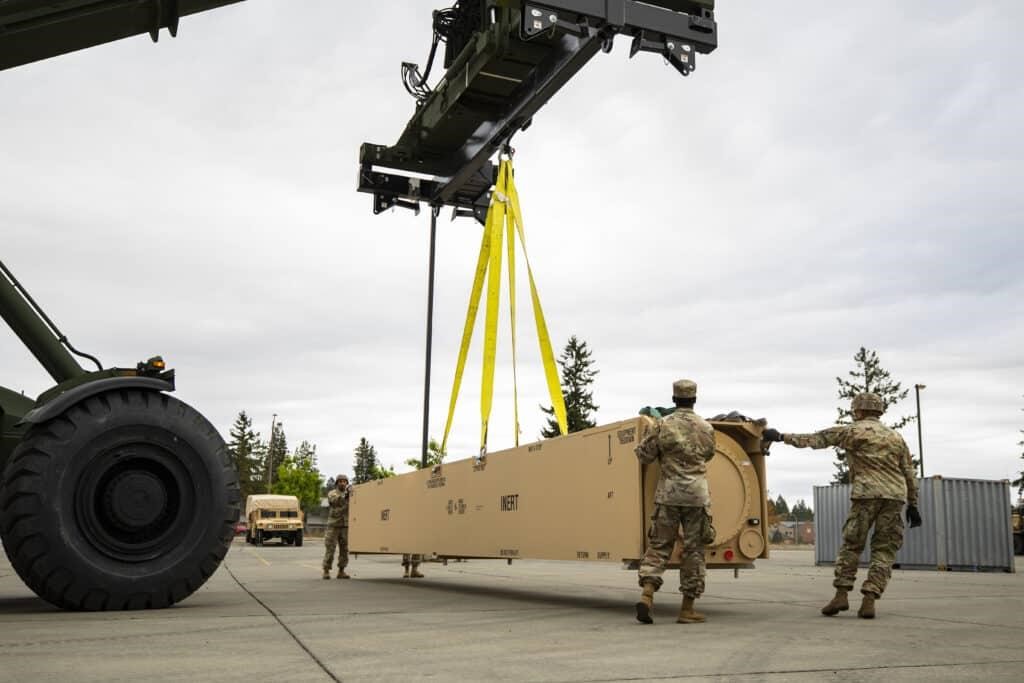
A missile prototype is shipped to the US Army. Photo: US Army, Karleshia Gater.
LRHW has its origins in the Common Prompt Strike (CPS) program, a joint program between the U.S. Army and the U.S. Navy. The CPS program is currently being implemented as a Section 804 MTA program. Under this development strategy, the program will be implemented in several phases. The first phase is aimed at developing and demonstrating a hypersonic cold-gas missile launch system.
According to the DOT&E 2022 annual report, the US Navy is responsible for developing the Master Test Strategy (MTS) for Phase 1 of the CPS program. The Navy is required to conduct five test launches under the Operational Launch Program in conjunction with the US Army. The first test launch, JFC-1, was conducted in June 2022 and ended in failure after the missile encountered an incident in flight.
Following this failure, the second test, JFC-2, was scheduled for late 2022, and was pushed back to 2023. According to the US Navy's MTS, four more JFC test launches are needed before the fourth quarter of 2024 to complete Phase 1.
The JFC-2 and JFC-3 tests will be conducted in support of the U.S. Army’s LRHW program, which will use the Army Weapons Control System, the Energy Dispatcher, and a transport-lift-launch system prototype. To move from the MTA to the POR stage, the LRHW will need to be tested in three test flights.
The U.S. Navy will also need to conduct these tests to equip the 5th Battalion, 3rd Artillery Regiment at Joint Base Lewis-McChord, Washington, which is part of the U.S. Army's 1st Multi-Domain Task Force.
JFC-4 and JFC-5 are expected to demonstrate the US Navy’s cold-gas launch capability. JFC-4 is expected to be conducted at an Air Launch test facility using a Canister Launcher in the second quarter of 2024. This test is expected to demonstrate the cold-gas launch capability that will enable it to be fitted on Zumwalt-class ships.
JFC-5 is scheduled for the fourth quarter of 2024 and is expected to be a double-launch campaign, meaning the test will consist of two salvos. The test is also expected to be a cold-gas test to support early integration on Zumwalt-class ships.
However, these dates are likely to be pushed back following recent delays. The program’s testing schedule has been pushed back by nearly a year and a half. The problems surrounding these tests affect not only the Army’s early-warning plans, but also the Navy’s plans for the Zumwalt and even its plans for Virginia-class ships.
After JFC-2 and JFC-3 were delayed, JFC-4 and JFC-5 will most likely be pushed back to fiscal year 2025, JFC-6 will be carried out the same year from the USS Zumwalt and JFC-7 in 2026 from the USS Michael Monsoor.
Common Prompt Strike (CPS) Program
The CPS program is a joint U.S. Navy-U.S. Army program that provides a long-range hypersonic missile carrying a reentry vehicle called the Conventional Hypersonic Glide Vehicle (C-HGB). This reentry vehicle is derived from the Sandia Winged High Energy Atmospheric Reentry Vehicle (SWERVE) developed by Sandia National Laboratories.
As the name suggests, the C-HGB is a common system used by the US Navy in the CPS program and the US Army in the LRHW. The Navy's role in the program is to design and develop the C-HGB and the two-stage booster, and integrate the C-HGB and booster into a combined All-up Round (AUR) missile. The US Army will be responsible for manufacturing the C-HGB.
The Army plans to field the first LRHW system in 2023 and the second in 2025, with the third in 2027. The core of the systems will be four Transportable Elevated Launchers (TELs), each equipped with two missiles and a Power Delivery Vehicle. The LRHW will be deployed within the Army’s new Multi-Domain Task Force, where LRHW systems will be deployed to Strategic Fires Battalions, alongside HIMARS and Medium Range Fires Systems.
The US Navy plans to commission the CPS-equipped USS Zumwalt (DDG-1100) in the fourth quarter of 2025, followed by the USS Michael Monsoor (DDG-1001) in the fourth quarter of 2026, and the final Zumwalt-class ship, the USS Lyndon B. Johnson (DDG-1002), in the fourth quarter of 2027.
Installation on Virginia-class ships is expected to be completed in 2029 on a Block V submarine, and will carry the Virginia Firepower Module.
Nguyen Quang Minh (According to Naval News)
Source










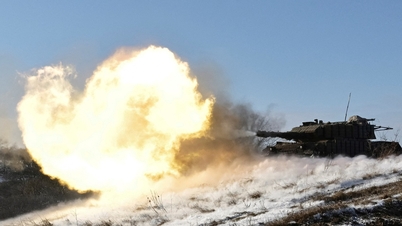

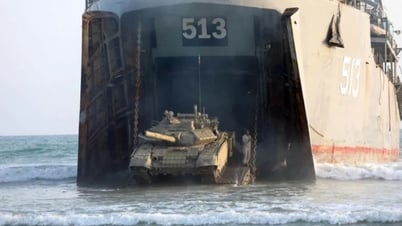


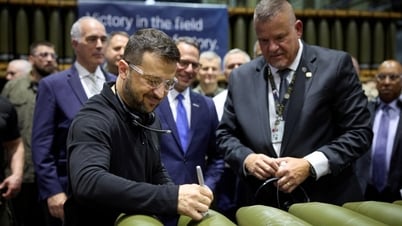
















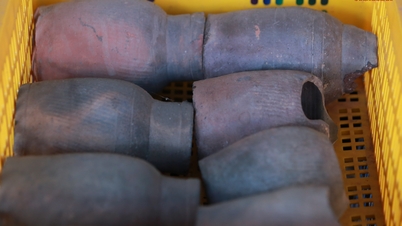



![[Photo] General Secretary To Lam receives Korean Ambassador to Vietnam](https://vphoto.vietnam.vn/thumb/1200x675/vietnam/resource/IMAGE/2025/6/6/a0765b7543784cbcbfe4755b67d43ab4)
![[Photo] President Luong Cuong works with Hung Yen and Thai Binh Provincial Party Committees on implementing Resolution of the 11th Central Conference, 13th tenure](https://vphoto.vietnam.vn/thumb/1200x675/vietnam/resource/IMAGE/2025/6/6/127b735d2761484d81dcee0d7725a25b)



























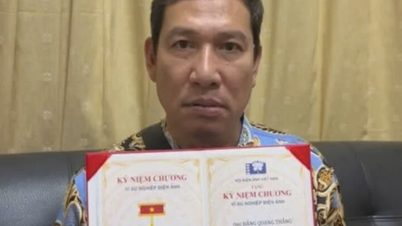





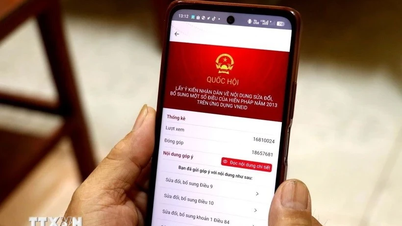















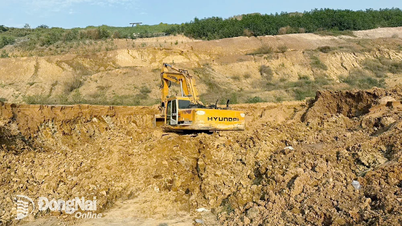

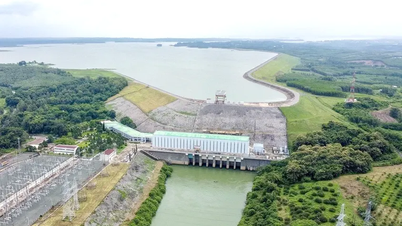
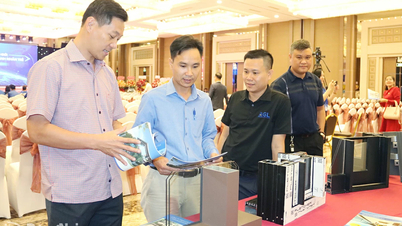




![[OCOP REVIEW] Tu Duyen Syrup - The essence of herbs from the mountains and forests of Nhu Thanh](https://vphoto.vietnam.vn/thumb/402x226/vietnam/resource/IMAGE/2025/6/5/58ca32fce4ec44039e444fbfae7e75ec)





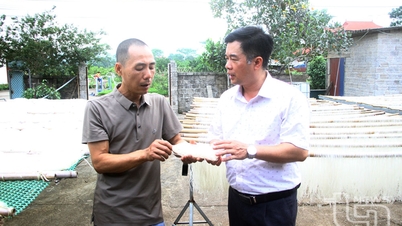

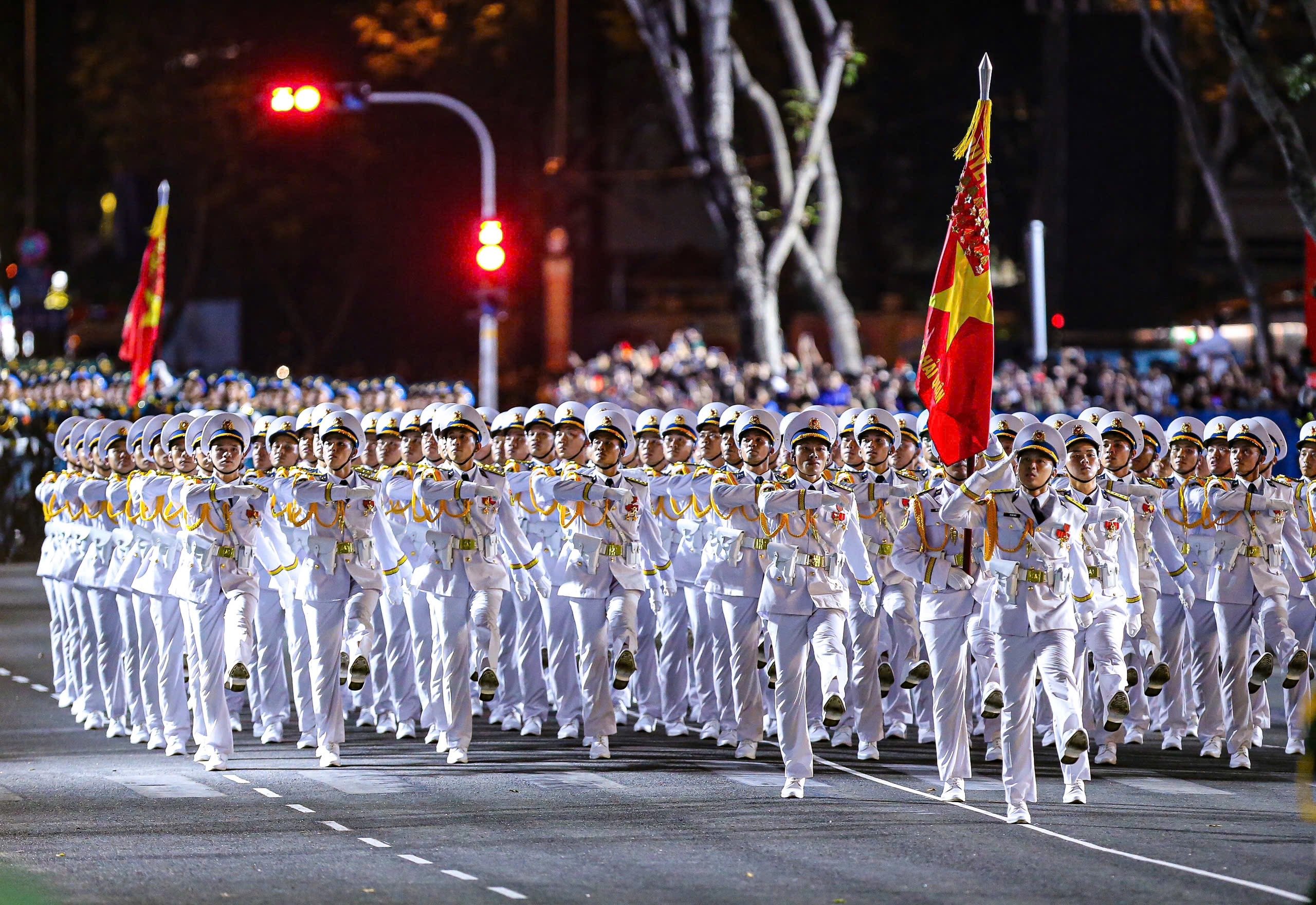
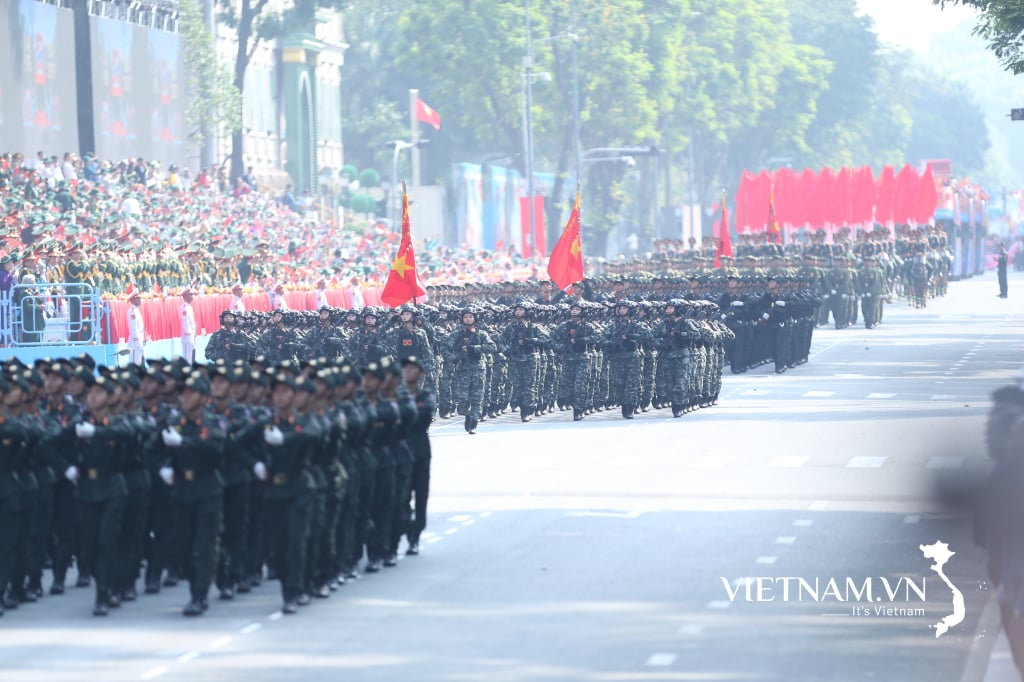


Comment (0)